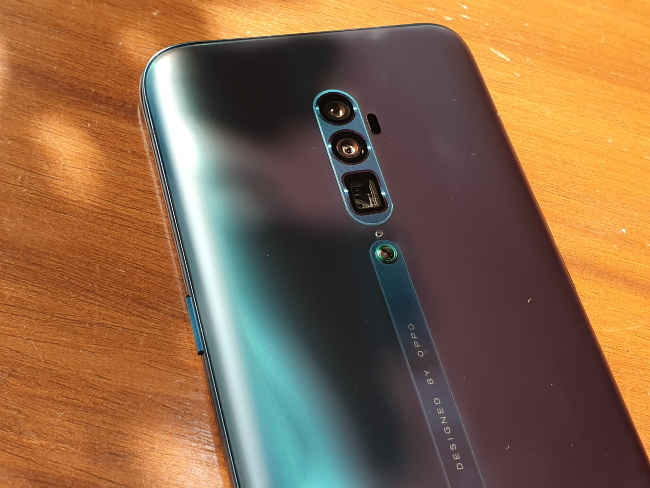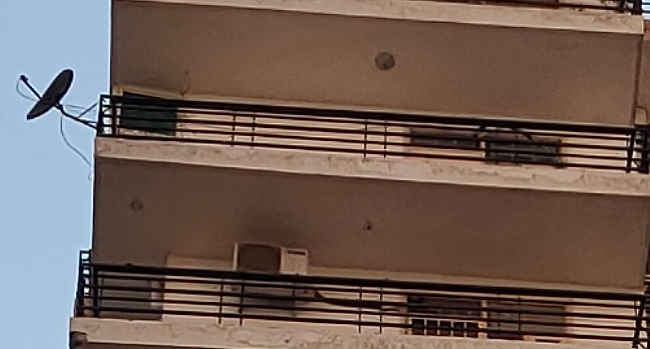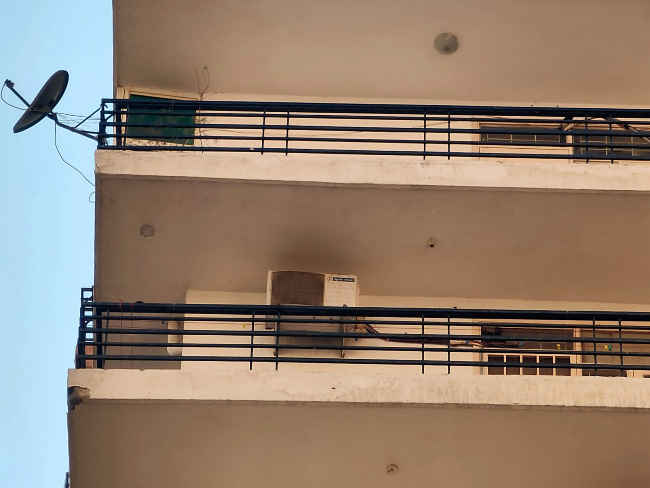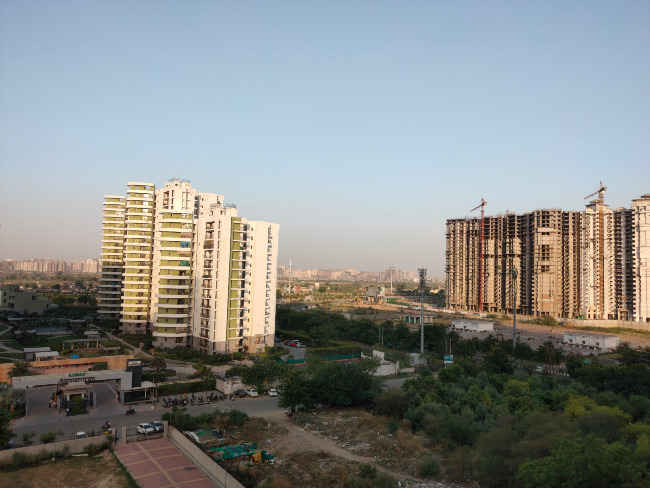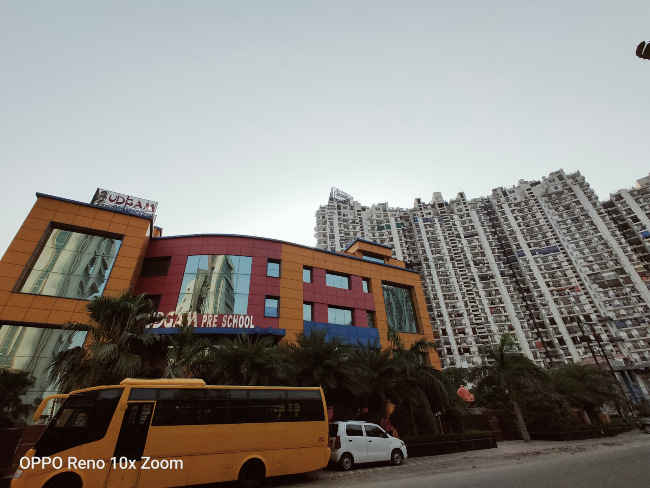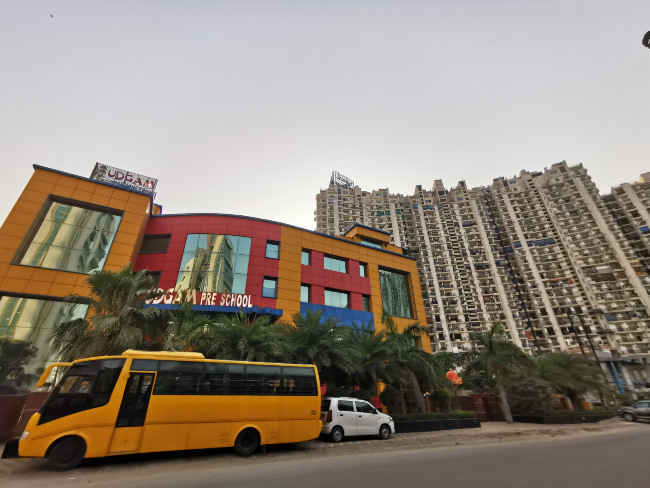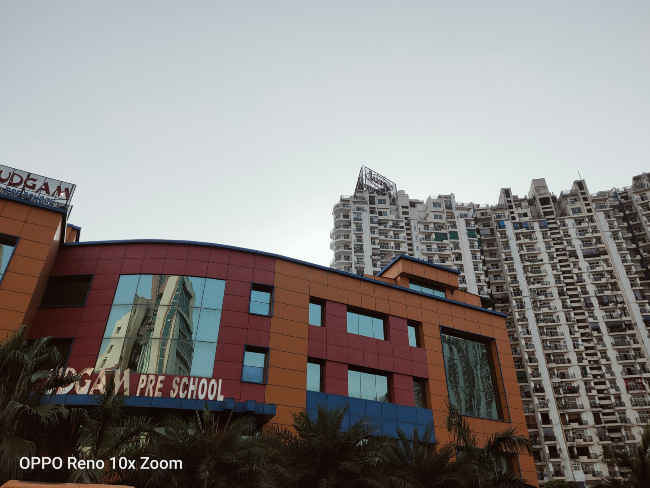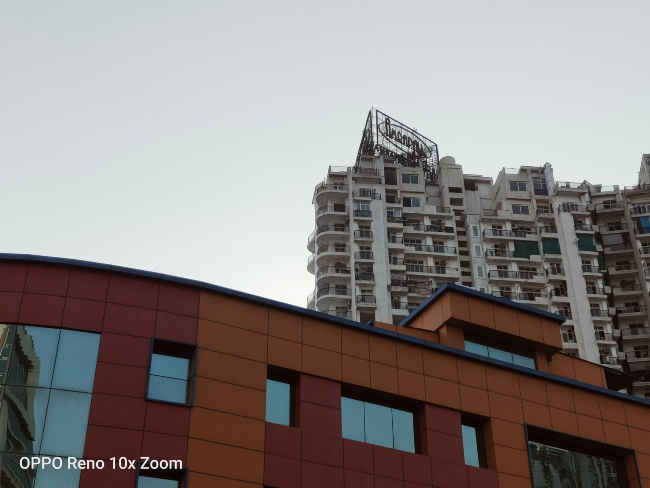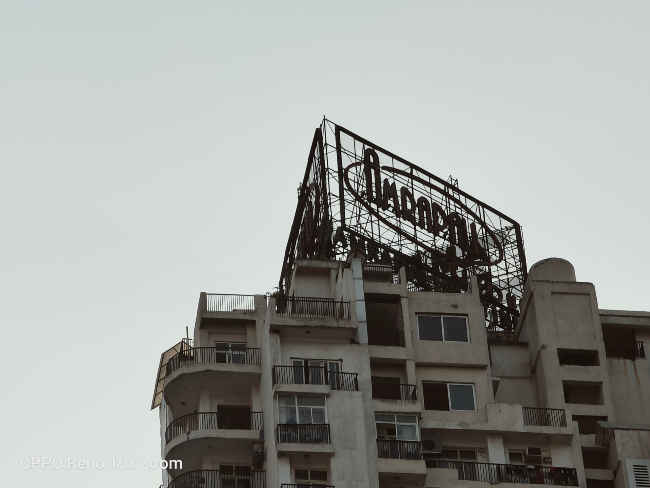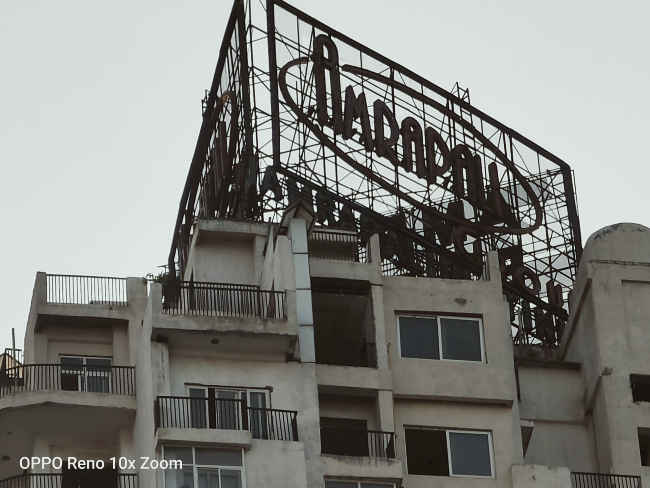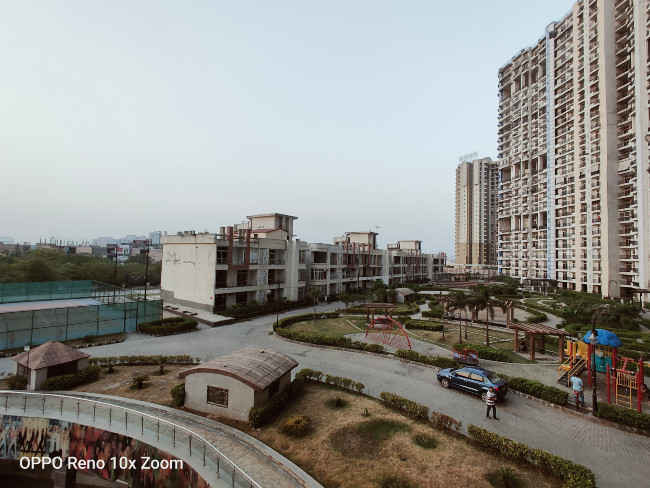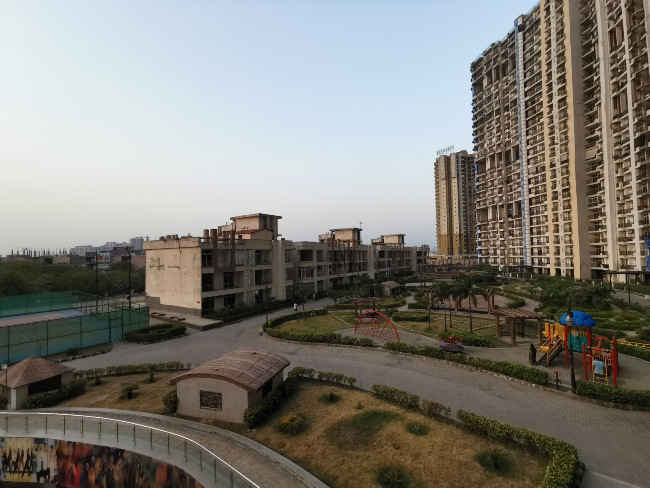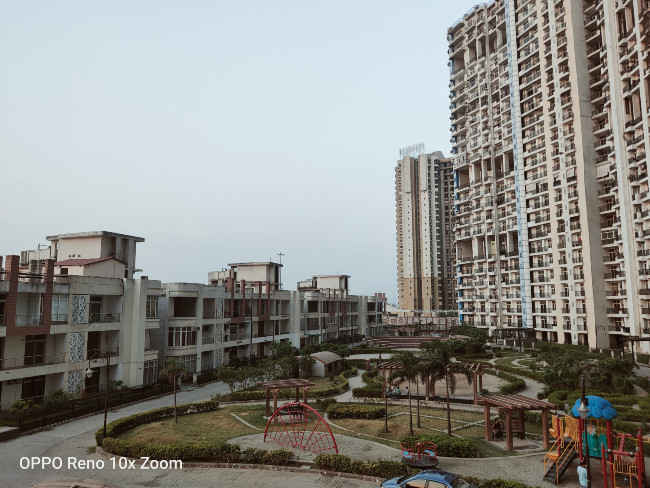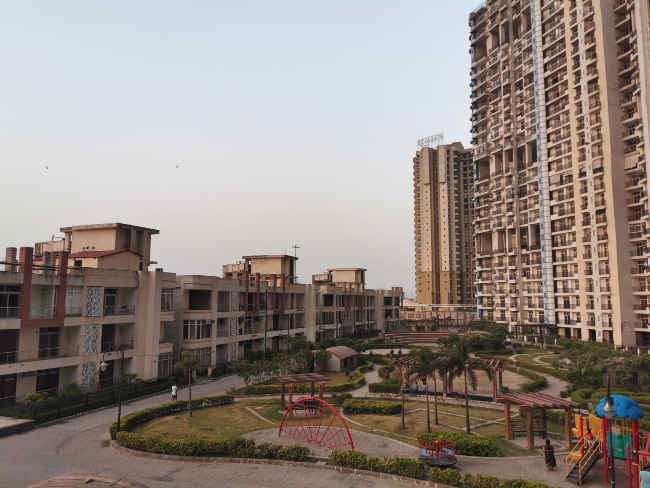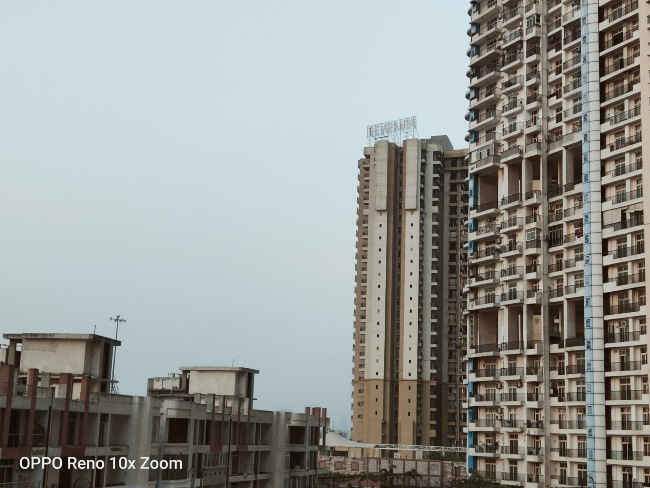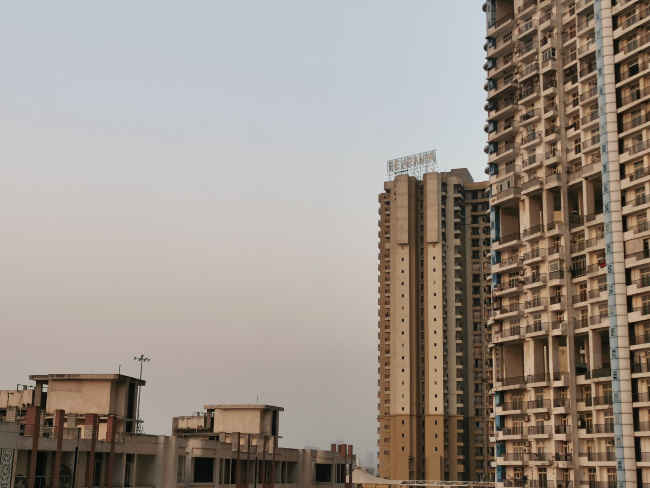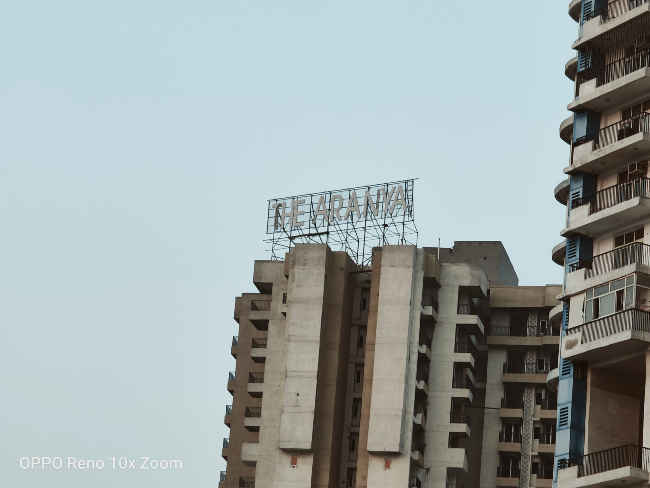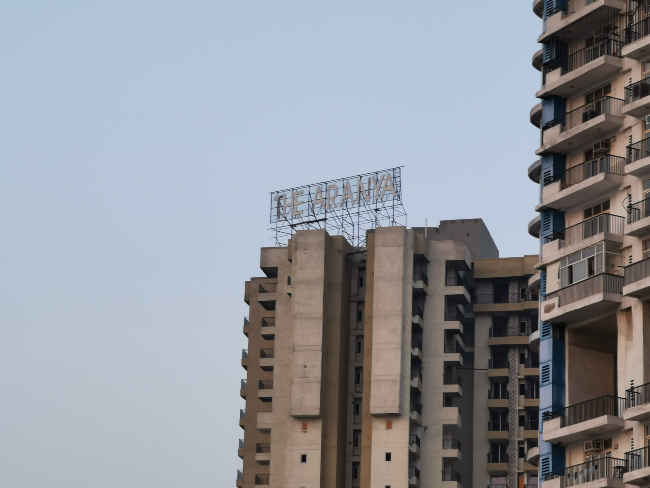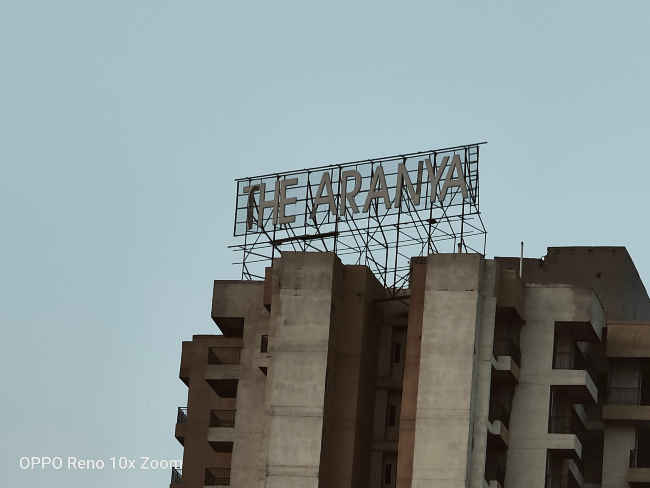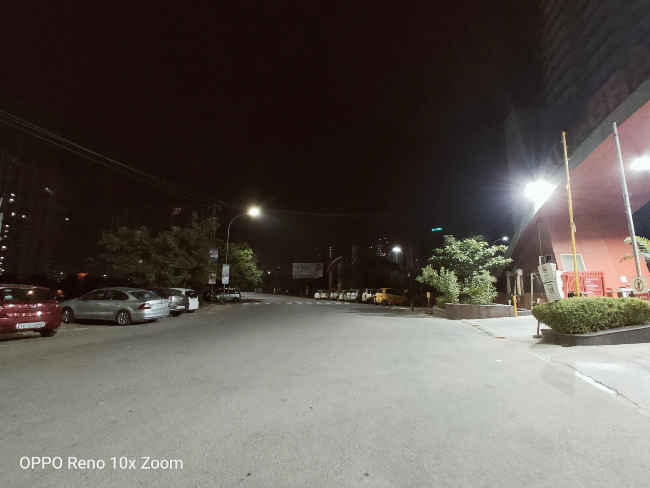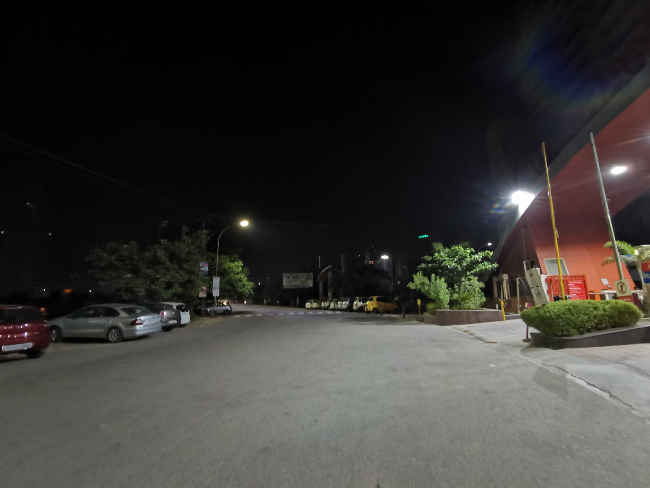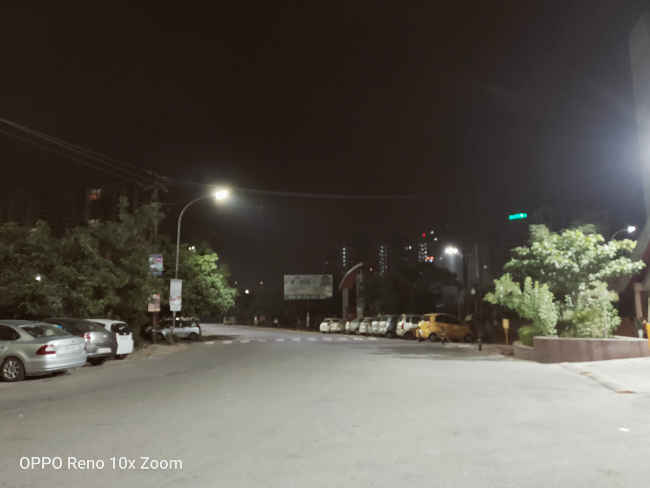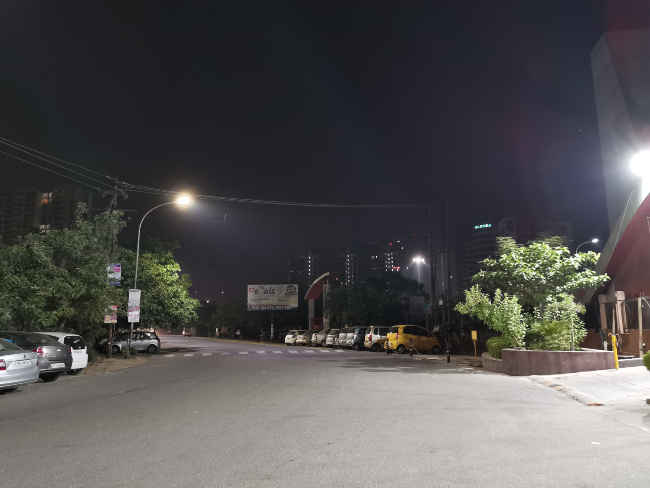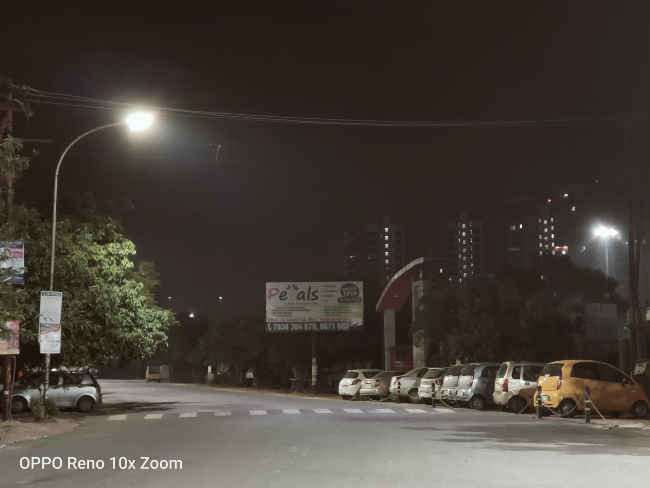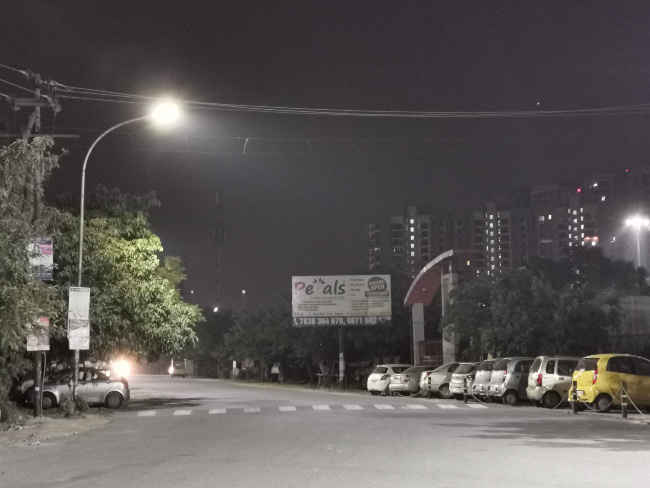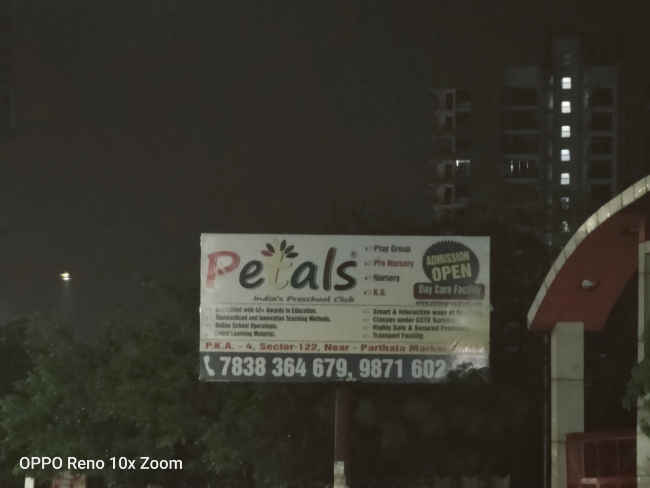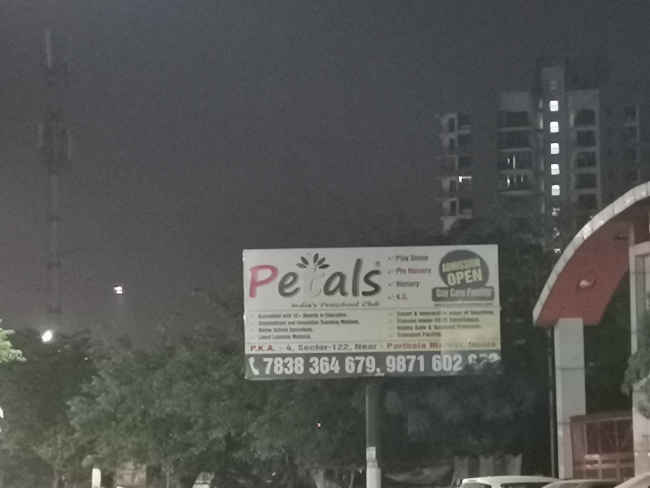Oppo Reno 10x Zoom camera test and comparison: How far can you go?
The Oppo Reno 10X Zoom is the culmination of the periscope zoom tech the company had showcased a couple of years back at MWC.
Just how good is the 10X Zoom on this flagship phone? We find out.
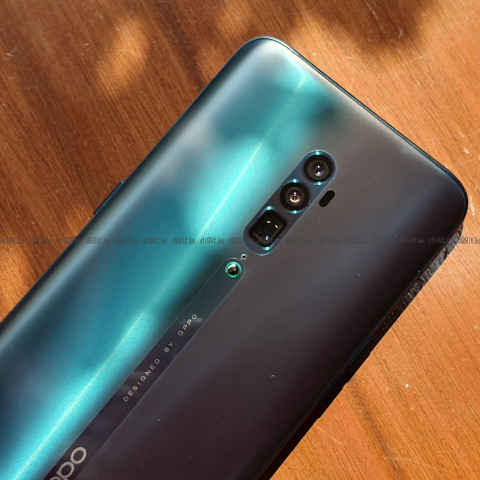
The Oppo Reno 10x zoom is going on sale today for the first time. It’s a pretty exciting device, and Oppo seems to have pulled all the stops to make the smartphone as close to a premium flagship as possible, without touching such exorbitantly high prices. At Rs 49,990, the Reno 10x Zoom competes neck to neck with the new OnePlus 7 Pro. It has the latest Snapdragon 855 along with 8 gigs of RAM and 256 gigs of onboard memory. It also has a shiny, premium design on offer. But what Oppo is banking on the most is the camera setup on the back. The Oppo Reno 10x Zoom is the culmination of the periscope zoom tech the company had showcased a couple of years back at MWC. Back then, the system only used two cameras and the maximum obtained zoom was 5X. On the Reno 10x Zoom, as the name suggests, the same mechanism is used to achieve 10x zoom. Just how good is the 10x Zoom on this flagship phone? That’s what’re here to find out.
 Survey
SurveyHow does Oppo Reno’s 10x Zoom work?
The Oppo Reno 10x Zoom depends on a prism to bend the light entering from the telephoto lens at the bottom to achieve a higher magnification without compromising much on the details. The Reno 10x Zoom comes with a primary 48MP camera with a 1/2” inch sensor size, another 8MP ultrawide sensor and a third 13MP periscope telephoto lens. Effectively, the focal length of the camera setup ranges from 16mm to 160mm which is basically what the 10x Zoom stands for.
Incidentally, most cameras like the iPhone XS, Huawei P30 Pro and the likes calculate the zoom factor from the primary lens and not the wide-angle lens. The Oppo Reno’s 10x zoom joins the OnePlus 7 Pro to calculate the zoom right from the ultra-wide lens. As a result, while the Huawei P30 Pro also offers 10x hybrid zoom, there’s a big difference in the distance the telephoto lens zooms in, in the two phones.
The technology was developed by Oppo in collaboration with Corephotonics which was acquired by Samsung earlier this year. The system relies on the periscopic mirror which is placed first. The periscopic mirror has three separate mirrors pointed towards each other and it reflects the light from the viewfinder to the telephoto lens. The telephoto lens sits in the middle and receives the light from the periscopic mirror and magnifies it to bring the object closer. This is then passed on to the telephoto image sensor which is placed at the end to do the image processing. The system is stabilised using dual OIS where the mirrors itself are magnetically stabilised instead of the lens.
The zoom technology is surely quite incredible. Achieving zoom equivalent to 160mm in a 7-8mm body would have been impossible a few years earlier. However, there is one major drawback. To deliver a far-reaching telephoto camera, ideally one has to offer a full-frame equivalent of a 28mm lens or so. Since that’s not possible in a smartphone, Oppo went ahead and shrunk the size of the sensor to achieve a greater magnification for the same focal length. But smaller sensors are not able to contain as much light as required, especially in low-light situations, which leads to a lot of noise in the final JPEG output.
Oppo Reno 10x Zoom tested
To test how well the 10x zoom on the Oppo Reno works, we used two methods. In one, we took the same photo in both 10x zoom and in the 48MP mode of the camera. The idea was to see whether the 10x zoom offered better quality as compared to a 100 percent crop of the same area in the 48MP image.
The second test is pretty self-explanatory. We used the Huawei P30 Pro to compare the image quality at 10x zoom. The Huawei P30 Pro also relies on a similar periscope mechanism to offer up to 50x digital zoom.
48MP Test
The 48MP camera sensor on the Oppo Reno 10x Zoom promises a large crop factor allowing the user to print high-quality photos. While that’s certainly an advantage, we used the 48MP mode to get a 100 percent crop of the same area which we zoomed in later at 10x to compare.
Shot on Oppo Reno 10X Zoom (48MP)
100 percent cropped
10X Zoom
The first sample shows the 100 percent crop of the 48MP photo lacks the quality 10x zoom offers. The 48MP’s crop has distorted lines, the result of zooming in too far, while the 10x zoom mode produces a much cleaner image. However, zooming into the zoomed shot shows there is little detail to recover, indicating Oppo is applying heavy noise reduction to get a sharper image.
Shot on Oppo Reno 10X Zoom (48MP)
100 percent cropped
10X Zoom
In the second sample too, the results are similar. The cropped 48MP photo is muddy and the background details appear pixelated. The text is also unreadable. The 10x zoom mode, however, recovers the details in the text enough to make it readable while the buildings in the background are made sharper using software.
In this test, the 10x zoom on the Oppo Reno 10x Zoom proves to be useful when compared against the 48MP mode. Let’s see how it compares against it’s closest peer —
Oppo Reno 10X Zoom vs Huawei P30 Pro's 10X Zoom
We divided the samples in sets of 3. Each set contains photos taken with the wide-angle lens, then at 1x, 2x, 5x and 10x respectively.
Set 1
Shot on Oppo Reno 10X Zoom (Ultrawide)
Shot on Huawei P30 Pro (ultrawide)
Shot on Oppo Reno 10X Zoom (1X)
Shot on Huawei P30 Pro (1X)
Shot on Oppo Reno 10X Zoom (2X)
Shot on Huawei P30 Pro (2X)
Shot on Oppo Reno 10X Zoom (5X)
Shot on Huawei P30 Pro (5X)
Shot on Oppo Reno 10X Zoom (10X)
Shot on Huawei P30 Pro (10X)
The first set has a building nearby and a far away hoarding on top of the building which we used to test the zoom. Let’s start with the ultra-wide shot. Here, the P30 Pro is able to produce richer colours. The photo is also much brighter than the one taken by the Reno. The higher brightness is maintained at every zoom level by the P30 Pro, however, the Oppo Reno 10x Zoom gives good competition in terms of quality. At 5X and 10X, which engages the telephoto lens, the Reno’s photos are nearly identical to the one taken by the P30 Pro. However, while the P30 Pro’s 10x zoom looks quite rich in details, the Reno’s result shows pixels starting to appear at that level. Yet, both photos are more usable than any other photo taken at 10x zoom by another smartphone at present.
Winner: Huawei P30 Pro
Set 2
Shot on Oppo Reno 10X Zoom (Ultrawide)
Shot on Huawei P30 Pro (ultrawide)
Shot on Oppo Reno 10X Zoom (1X)
Shot on Huawei P30 Pro (1X)
Shot on Oppo Reno 10X Zoom (2X)
Shot on Huawei P30 Pro (2X)
Shot on Oppo Reno 10X Zoom (5X)
Shot on Huawei P30 Pro (5X)
Shot on Oppo Reno 10X Zoom (10X)
Shot on Huawei P30 Pro (10X)
The second set is even more challenging. There’s a wide area to capture while each zoom level goes closer to the hoarding on top of the building far, far away. Here too, the two phones compete neck to neck, but the Huawei P30 Pro edges out the Oppo Reno 10x Zoom in terms of dynamic range and colour reproduction. Reno’s photos are brighter but are also washed out where the highlights are more. There’s also a significant shift in white balance in the zoomed mode, and the Huawei P30 Pro manages to be more accurate than the yellow-tinted result of the Oppo Reno. As for the text in the hoarding, both manage to reproduce it accurately enough to be easily readable.
Winner: Huawei P30 Pro
Set 3
Shot on Oppo Reno 10X Zoom (Ultrawide)
Shot on Huawei P30 Pro (Ultrawide)
Shot on Oppo Reno 10X Zoom (1X)
Shot on Huawei P30 Pro (1X)
Shot on Oppo Reno 10X Zoom (2X)
Shot on Huawei P30 Pro (2X)
Shot on Oppo Reno 10X Zoom (5X)
Shot on Huawei P30 Pro (5X)
Shot on Oppo Reno 10X Zoom (10X)
Shot on Huawei P30 Pro (10X)
The third set of samples test the phones at low-light conditions. This is where the Oppo Reno edges out the Huawei P30 Pro by a hair. Both phones seems to be quite capable at shooting in low-light, although they aren’t really the best at the game in these particular samples. We have seen the P30 Pro produce a well-lit image where there’s hardly any light, but that’s using the night mode. Without it, the P30 Pro does not apply the multi-frame noise-reduction algorithms, but rely on the larger sensor on the body to get a clear shot. The Huawei P30 Pro’s photos are brighter but the Reno is able to get the details right. At 5x and 10x zoom level though, both phones give up. While the text on the hoarding is readable, it’s not as clear as what the daylight samples offer, for both the phones. Between the two, the Reno is able to clean up the image slightly better. It has lesser noise in the darker areas as compared to the P30 Pro, which is expected since the P30 captures more light to make the image brighter. The Reno darkens the surrounding areas of the hoarding, so much so that the building in the background is barely visible. It’s a tricky pick, this one. But we will go with the P30 Pro.
Winner: Huawei P30 Pro
In Conclusion
The Oppo Reno 10x Zoom’s camera is proof that smartphone photography has come a long way. The iPhone was the first to light the path towards optical zoom by using a dedicated telephoto lens, but Oppo and Huawei are to be credited for pushing the zoom technology to a level that was considered impossible a couple of years back. 5x and 10x zoom would ideally require the device to be very thick, considering the lens system requires a lot of space for that. However, by using a periscope mirror, Oppo and Huawei managed to shrink the setup down to fit the size of a smartphone. That’s a remarkable feat. What’s still left to do is offer good enough photos. The zoomed-in shots from both the Oppo Reno and the P30 Pro are just about usable and are nowhere close to the quality offered by the primary cameras on both the devices. That gap needs to be bridged. But to do that will require another leap in engineering. Perhaps by making the sensor size bigger without losing out on the magnification factor. As of now, the two phones with high zoom factor are at the cutting edge of smartphone imagery, but there’s still a long, long way to go to replace DSLRs with bulky telephoto lenses.
